The best topping for steaks and burgers is right here! Learn how to make the best caramelized onions and mushrooms with only a few ingredients. Sauteed in a cast iron skillet, this easy recipe yields perfectly rich, deeply colored, and super smooth caramelized flavors every time. Use this versatile topping for steaks, burgers, soups, and so much more. Don’t like mushrooms? Leave them out!
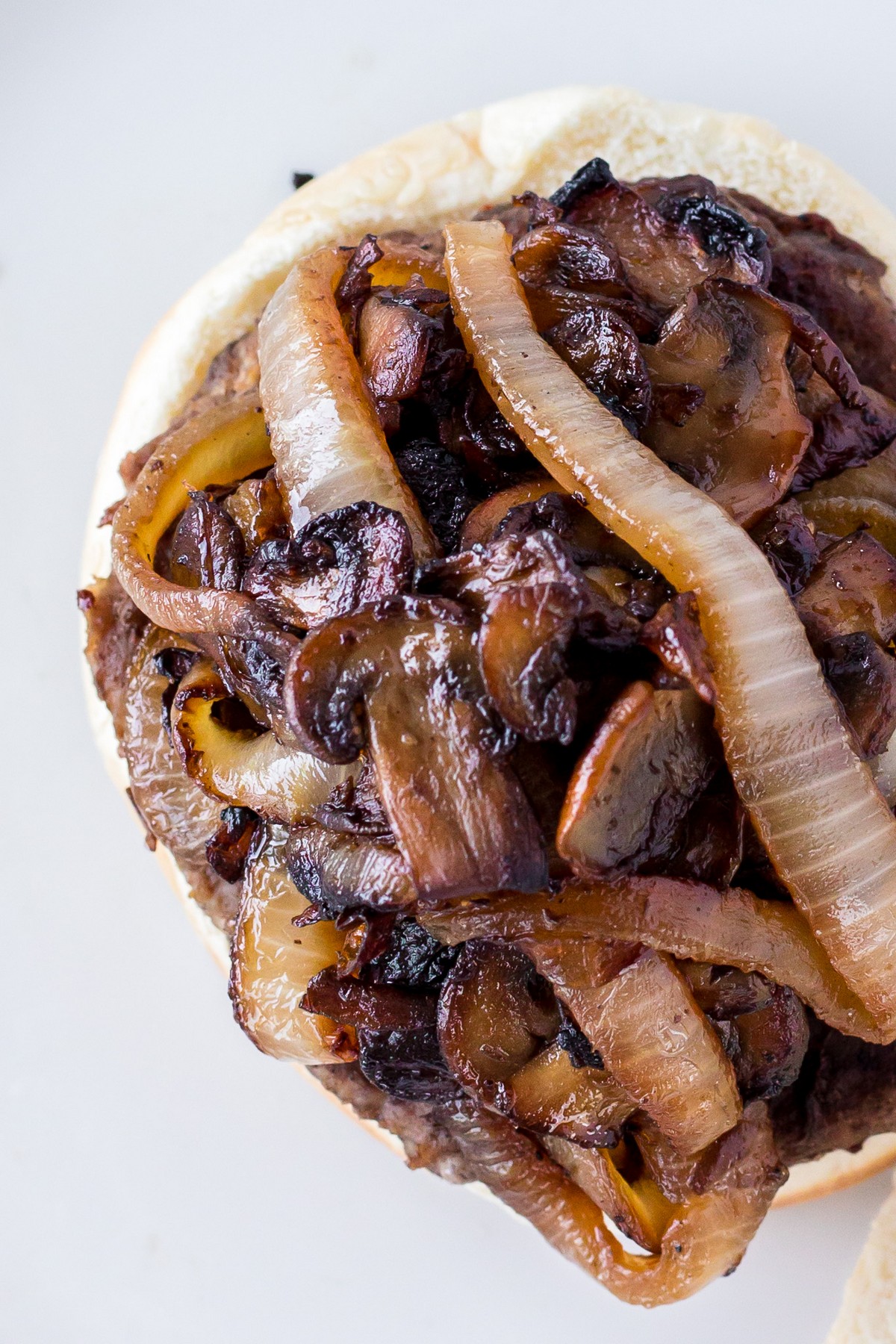
Caramelizing onions is the first step to making a delicious pot of French Onion Soup. But, this recipe can be used for so much more than just that. We love to top our steaks, burgers, and even homemade pizza with these!
While these take a little while to make, the results are absolutely decadent and delicious. You’ll be making these every week to top every meal!
Caramelized onions and mushrooms are your new secret weapon to jazzing up salads, pasta dishes, and even leftovers! In about an hour, the caramelization process transforms the crunch of the onion into a perfectly smooth bite and enhances the earthy flavor of the mushrooms.
How long does it take to caramelize onions?
It’s important to note that this isn’t a recipe you can throw together at the last minute for a weeknight meal. From start to finish, the entire process takes at least 50 minutes and requires a lot of stirring.
Additionally, the onions will cook down significantly during cooking, so make sure you have plenty to go around. One onion usually serves about 2-3 people as a topping for a steak or burger.
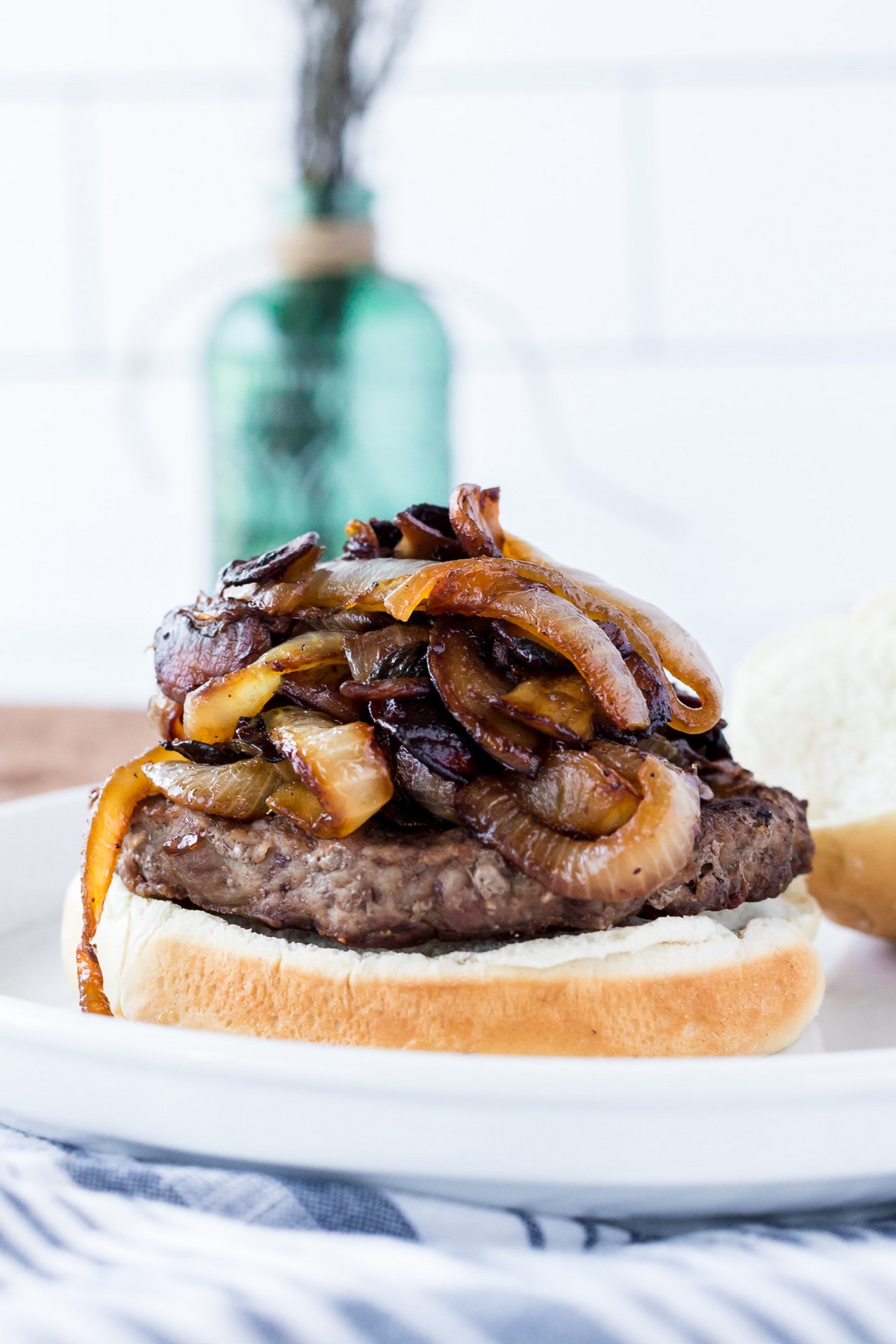
What is the difference between caramelized onions and sauteed onions?
The main difference between caramelizing and sauteeing onions is the cooking time.
Sauteed onions and mushrooms are cooked for only a few minutes and are slightly softened. They may have a little bit of browning around the edges, but they mostly retain their sharp onion-y flavor and crunch.
Caramelized onions have a longer cooking time, which allows the natural sugar to brown and caramelize. The long cooking time gives the onions a sweeter, deeper flavor and color. Of course, the mushrooms are added to the pan after the onions as they do not take as long to caramelize.
Best Onions for Caramelizing
Yellow onion or a sweet onion, like Vidalia, is the best type of onion to use when caramelizing. The sugar in yellow onions makes them easier to caramelize and gives you a smooth, slightly sweet flavor.
Feel free to use any type of mushroom for this recipe. I prefer baby bellas, but white mushrooms and even canned mushrooms will work in a pinch. Buy them pre-sliced for a shortcut!
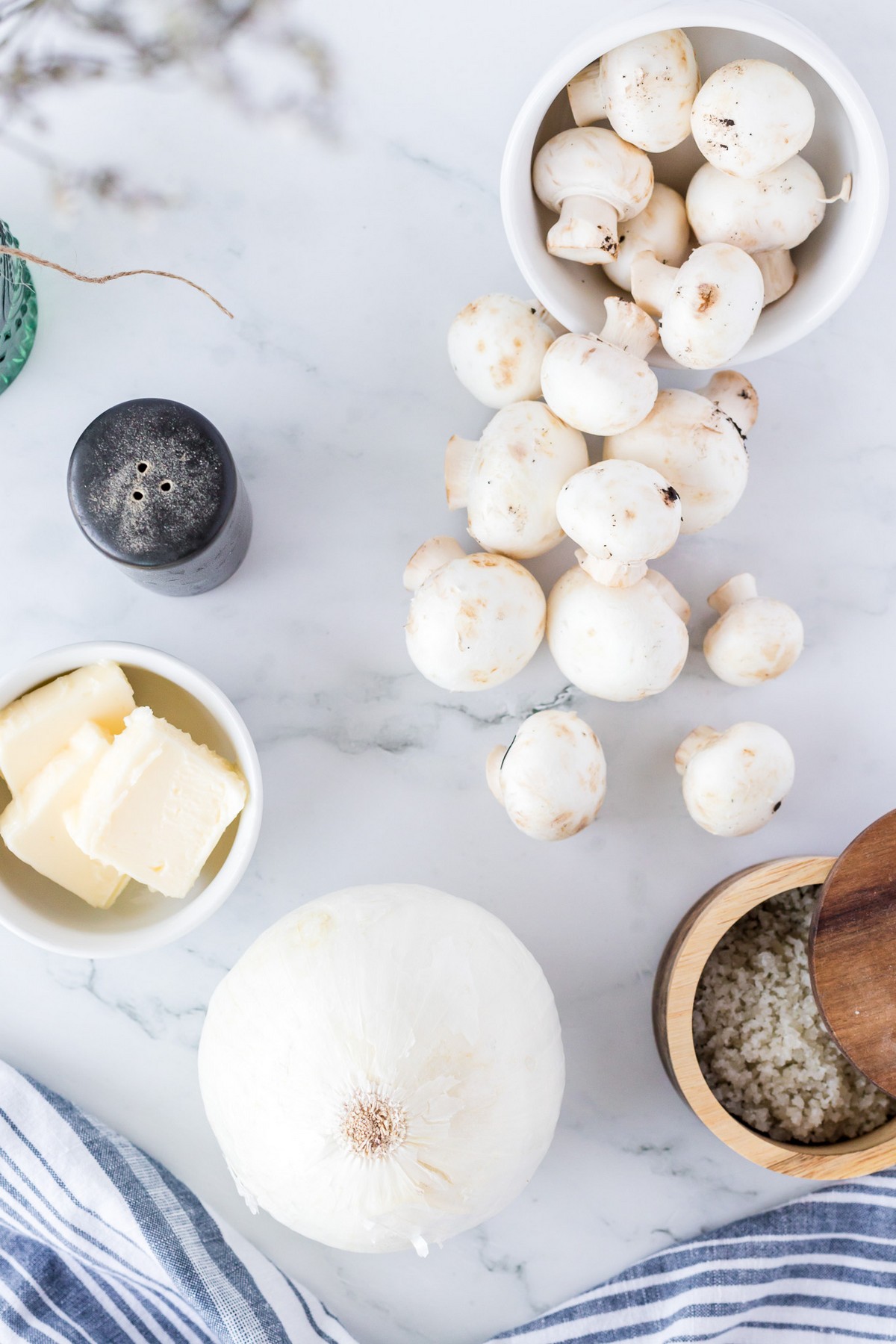
How to Caramelize Onions and Mushrooms
Caramelizing onions and mushrooms is a hands-on process, but it’s not difficult. There are a few main factors that play into the success of perfect caramelized onions:
- Type of pan: A heavy, cast iron skillet is preferred over a non-stick pan. Choose one with a large surface area. (more on this below!)
- Size of onions: Large, yellow or vidalia onions are preferred. The onions will cook down significantly, so the larger the better!
- Heat of the stove: You will adjust the heat of the stove regularly during this process. Start with a higher heat to get the crisp, browning on the edges of the onions, then reduce the heat as the dark brown color forms.
Step 1: Wash the mushrooms.
If you are using pre-sliced or canned mushrooms, you can skip this step.
To wash the mushrooms, wet a damp paper towel and wipe away dirt and debris from the mushroom. Remove and discard the stems so you are left only with the mushroom cap.
Then, thinly slice the mushrooms – about ¼ inch thick. Set aside.
When washing, do not submerge the mushrooms in water. Mushrooms are like sponges. They absorb liquid and are nearly impossible to dry once they are saturated.
Step 2: Sauté onions and mushrooms.
When the mushrooms are clean and the onions have been sliced, heat the butter and oil in the skillet over high heat. Then, add the onions. Season with salt and give them a quick stir.
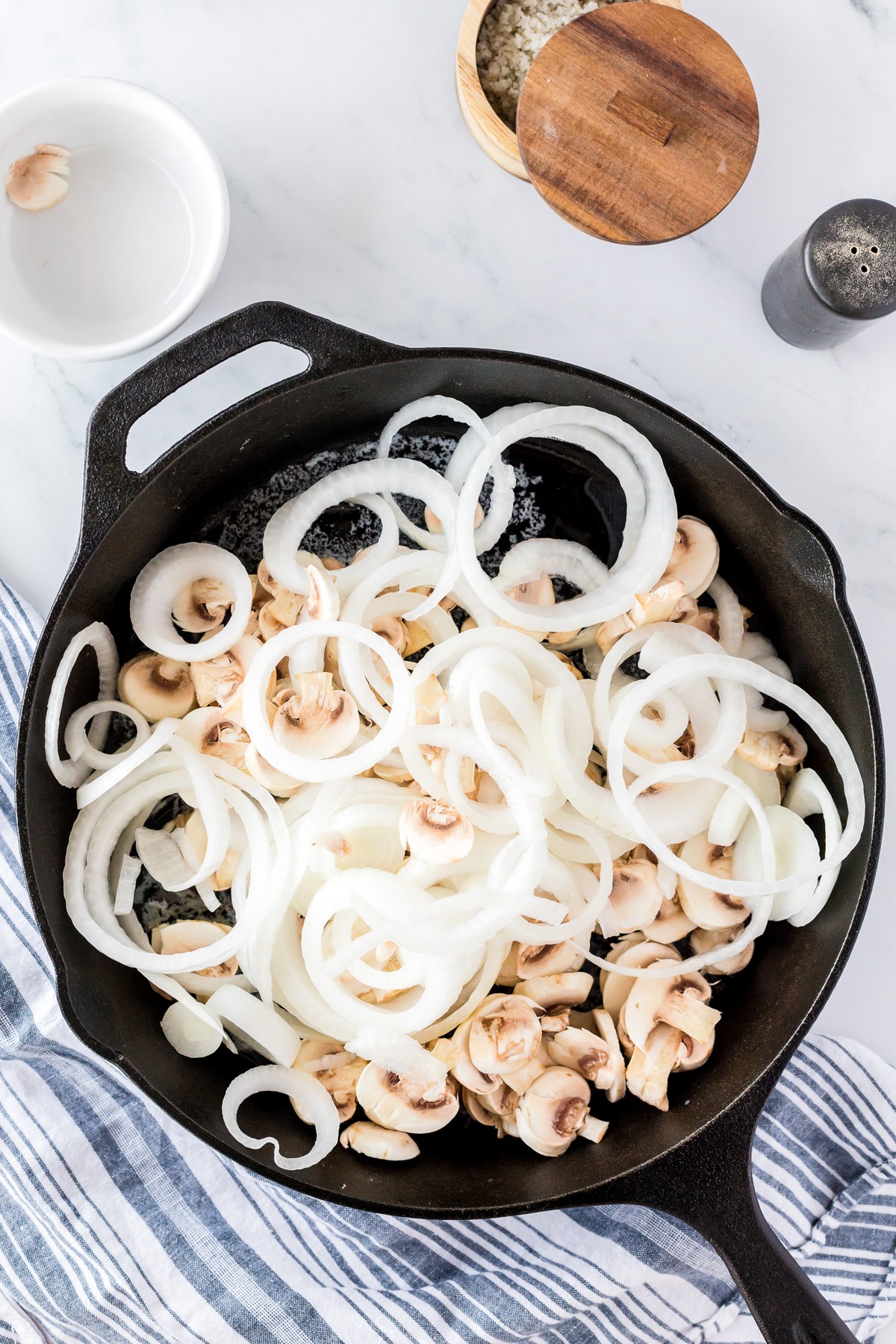
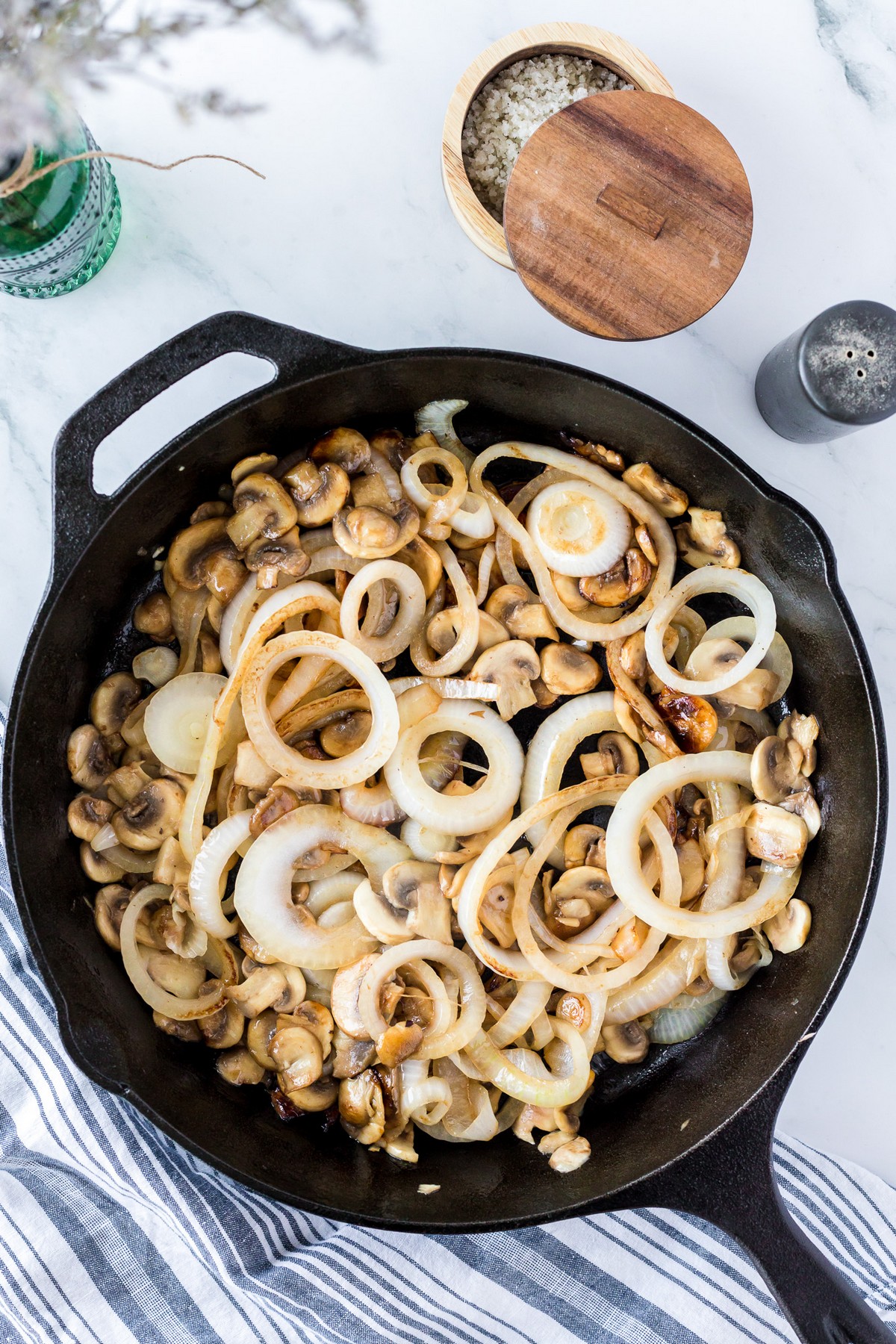
Then, let the onions cook in the pan undisturbed for about 2-3 minutes. Give them a stir and continue to saute just until the onions begin to brown around the edges.
Next, add the mushrooms and sauté. Continue cooking until the onions and mushrooms reach a deep, dark brown color.
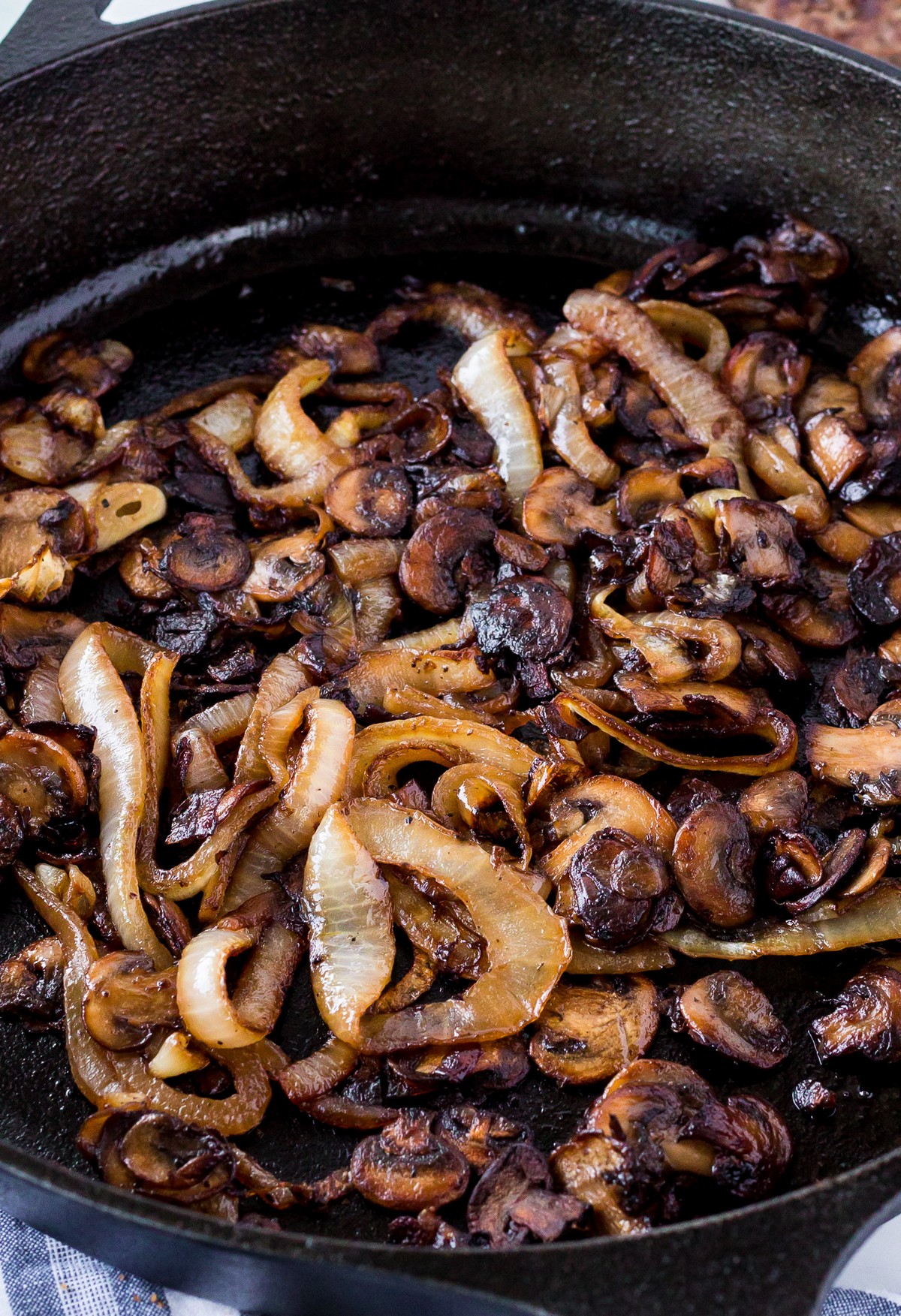
How can I speed up caramelizing onions?
If you are trying to speed up the caramelization process, cover the skillet at the beginning of the cooking process. This helps the onions soften, release moisture, and cook slightly faster.
How often should I stir caramelized onions?
Frequent stirring is necessary so the onions and mushrooms are browned evenly on all sides.
When the onions are first added to the skillet, allow them to cook undisturbed for a few minutes – just until the onions begin to brown around the edges.
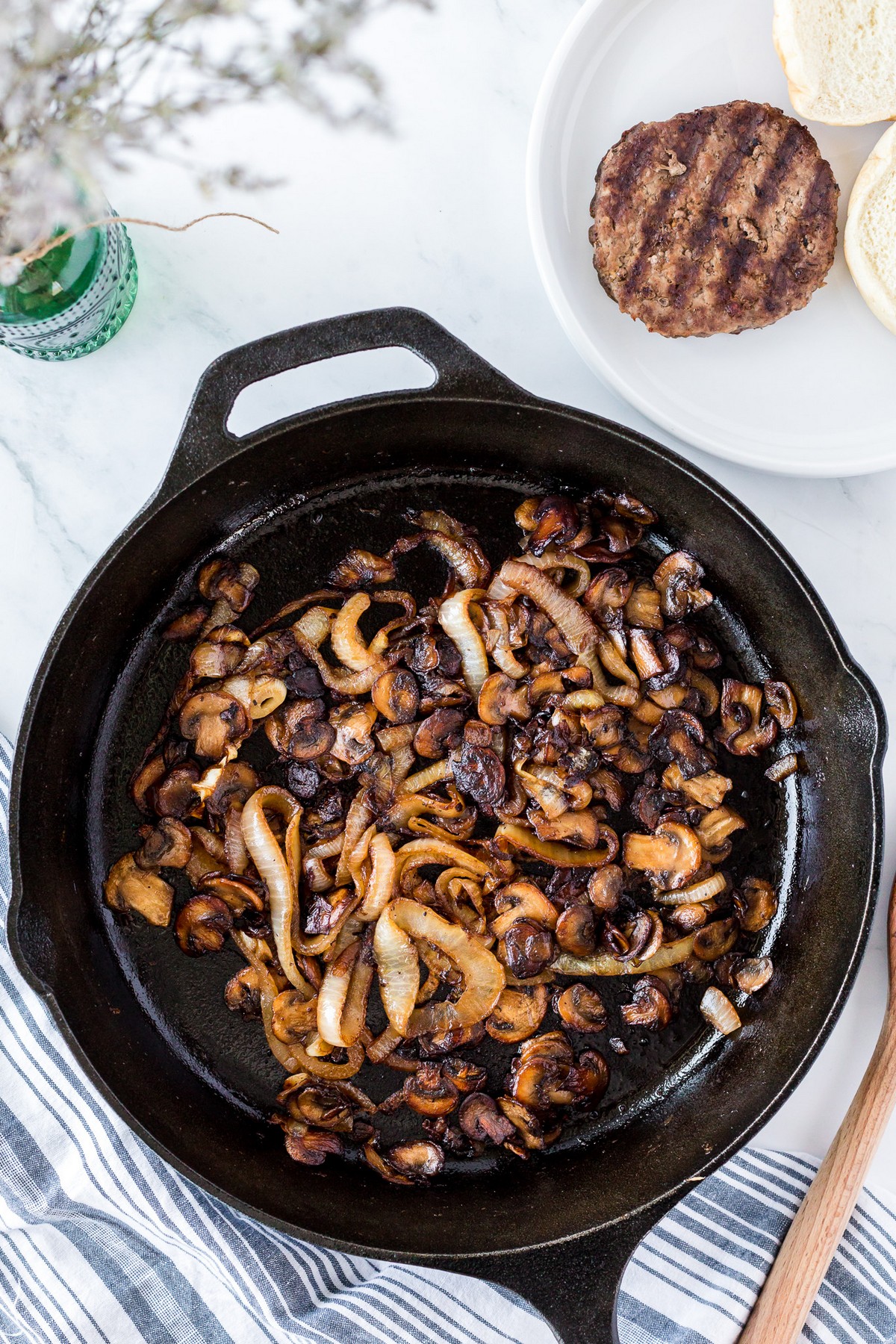
After the onions have softened and the mushrooms have been added, continue stirring every 5 minutes or so until the caramelized onions and mushrooms are dark brown.
I recommend lowering the heat slightly, about every 15 minutes. So, by the time the mushrooms and onions are done, the heat should be on low or medium-low. This prevents the sugars in the onions and the butter or oil from scorching.
How do you know when onions are done caramelizing?
The onions should be past golden brown and be a deep, rich brown color. Mushrooms should be darkened and dark brown, too.
Do you use oil or butter to caramelize onions?
Because butter burns at a high heat, I recommend using a combination of oil and butter. Butter adds a lot of flavor to the onions and mushrooms.
What kind of pan do you use to caramelize onions?
I prefer a large, cast iron skillet for caramelizing onions and mushrooms. Avoid non-stick pans as it’s much harder to get that rich coloring compared to cast iron.
Alternatively, stainless steel or enamel-coated cast iron will also work.
Do you add salt when caramelizing onions?
You can add salt to taste to the onions before the mushrooms have been added to the pan. Alternatively, season the onions and mushrooms just before serving.
Adding salt to the mushrooms will cause the mushrooms to release liquid and “steam” instead of caramelize. Wait to add any salt until the end of cooking time. This will help them brown well and retain their moisture.
Should you saute mushrooms or onions first?
Saute the onions first, then add the mushrooms. This will allow the onions to brown at a higher temperature before adding the mushrooms.
What goes well with caramelized onions?
Caramelized onions and mushrooms are great for topping your favorite dinner recipes!
Consider these options as the main course:
- Bratwurst – Pile these high on top of a brat and bun
- Pork Chops – Serve on top with steak sauce
- Prime Rib – Top a slice of tender prime rib and serve with horseradish sauce
- Pizza – Top your favorite pizza with these just before serving
- Burgers – Level up a homemade burger!
- Add them as a topping to Sheet Pan Nachos!
What can I do with leftover caramelized onions?
Because these take a while to make, I like to make these a few days ahead of time and store in an airtight container in the fridge. They will last for several days.
Reheat them in the microwave until warmed through. Alternatively, give them a quick saute in a large skillet to warm them up.
For leftovers: Stir these into creamy pastas, top salads, pile on sandwiches, and more.
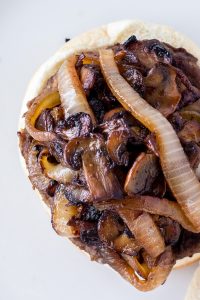
Caramelized Onions and Mushrooms
Equipment
Ingredients
- 3 tablespoons butter
- 1 tablespoon olive oil
- 8 ounces sliced mushrooms baby bellas, white, or canned
- 1 count large yellow onion halved and sliced
- ¼ teaspoons kosher salt
Instructions
- Wipe the mushrooms clean, slice, and set aside. (Skip this if you are using canned mushrooms. Halve and slice the onions and set aside.
- To a large cast iron skillet, heat the butter and oil over medium-high heat.
- Add the onions and allow them to cook undisturbed for 5 minutes or until the edges begin to brown. Stir and continue cooking until they begin to soften.
- Add in the mushrooms and stir to combine. Reduce the heat slightly.
- Continue to cook for about 45 minutes, stirring every few minutes. The onions are done caramelizing when they are soft and deep brown in color.
- Remove from heat. Add salt and pepper to taste. Enjoy served warm over a steak or burger.

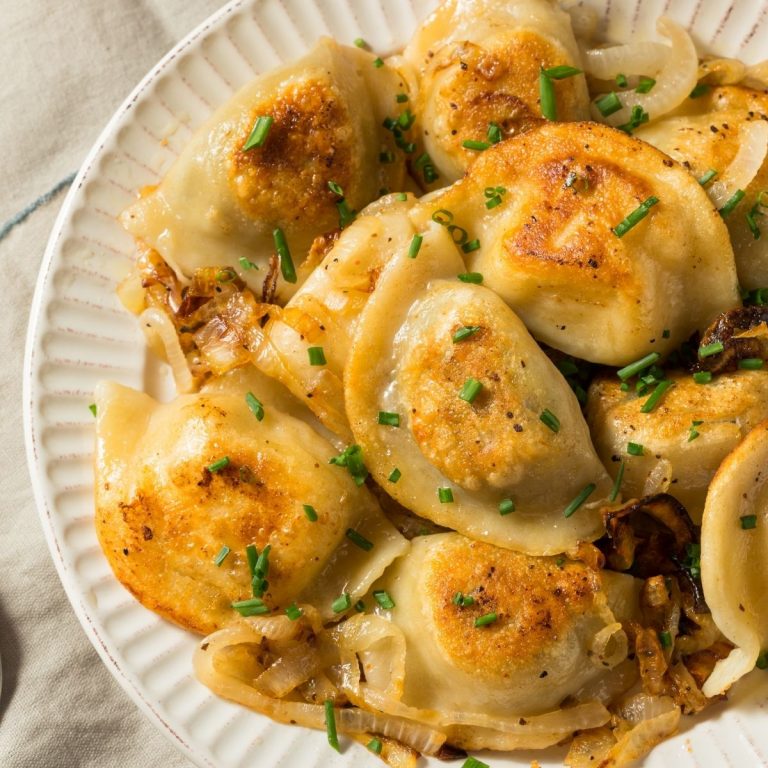
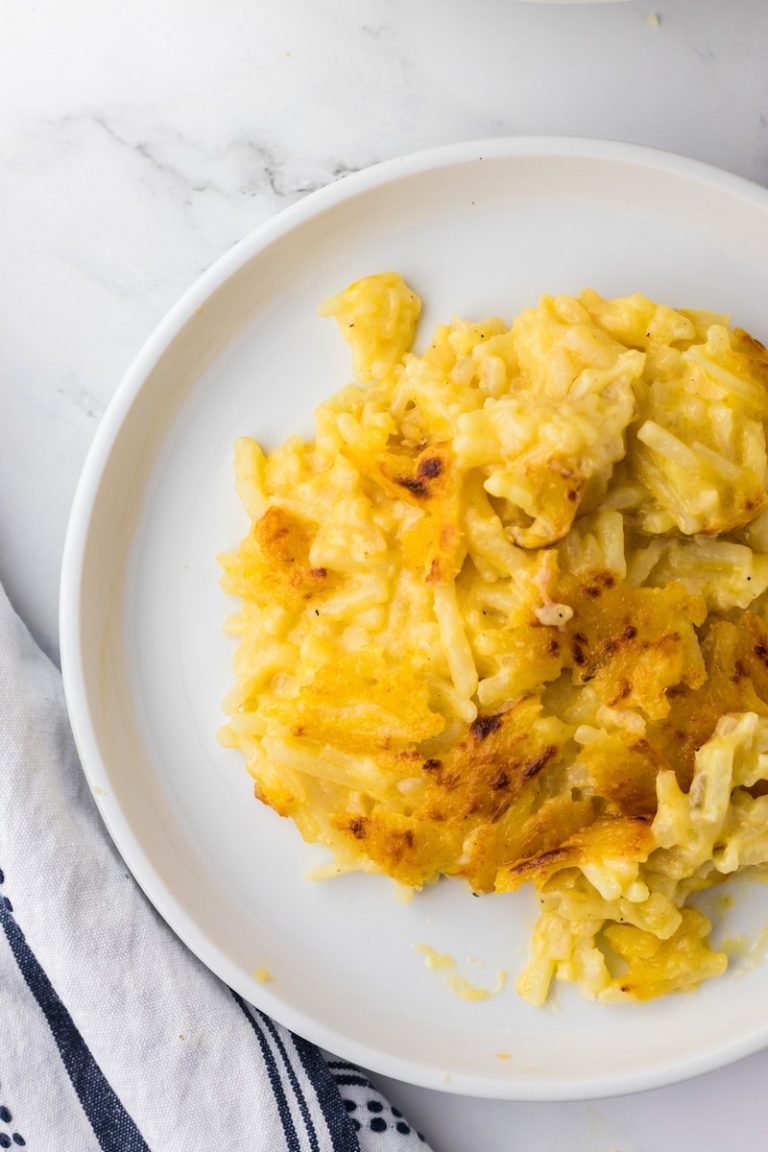
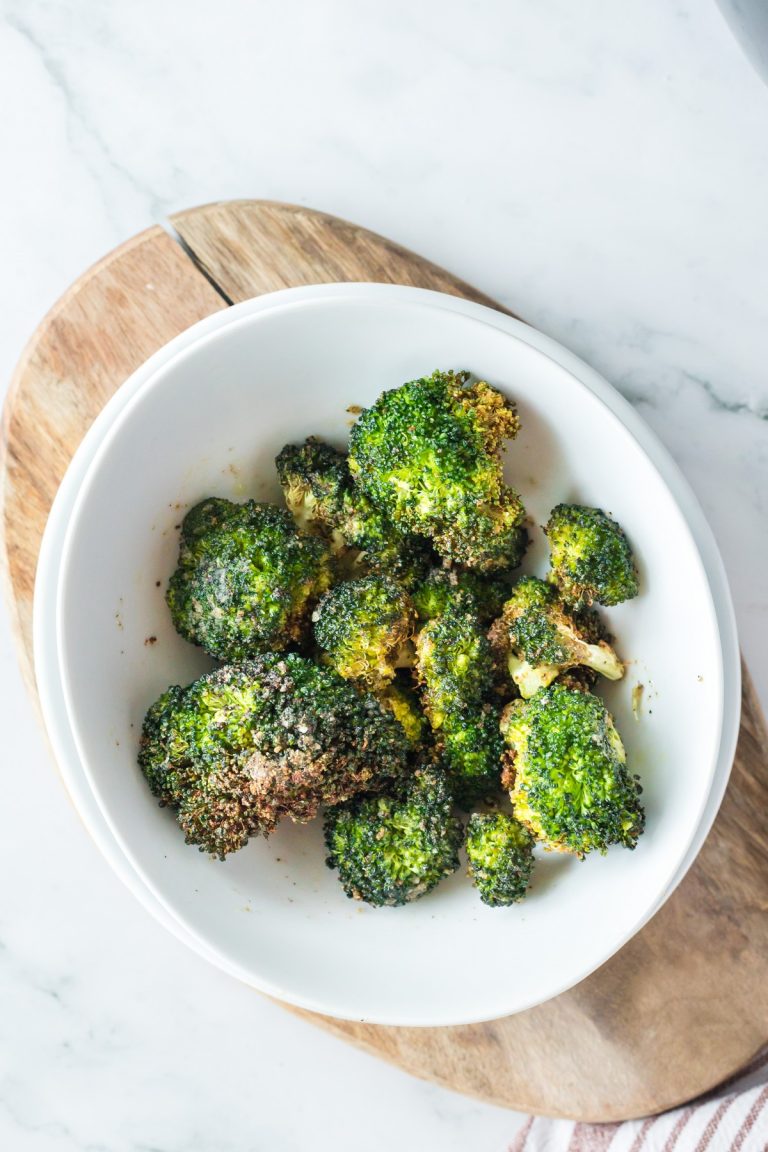
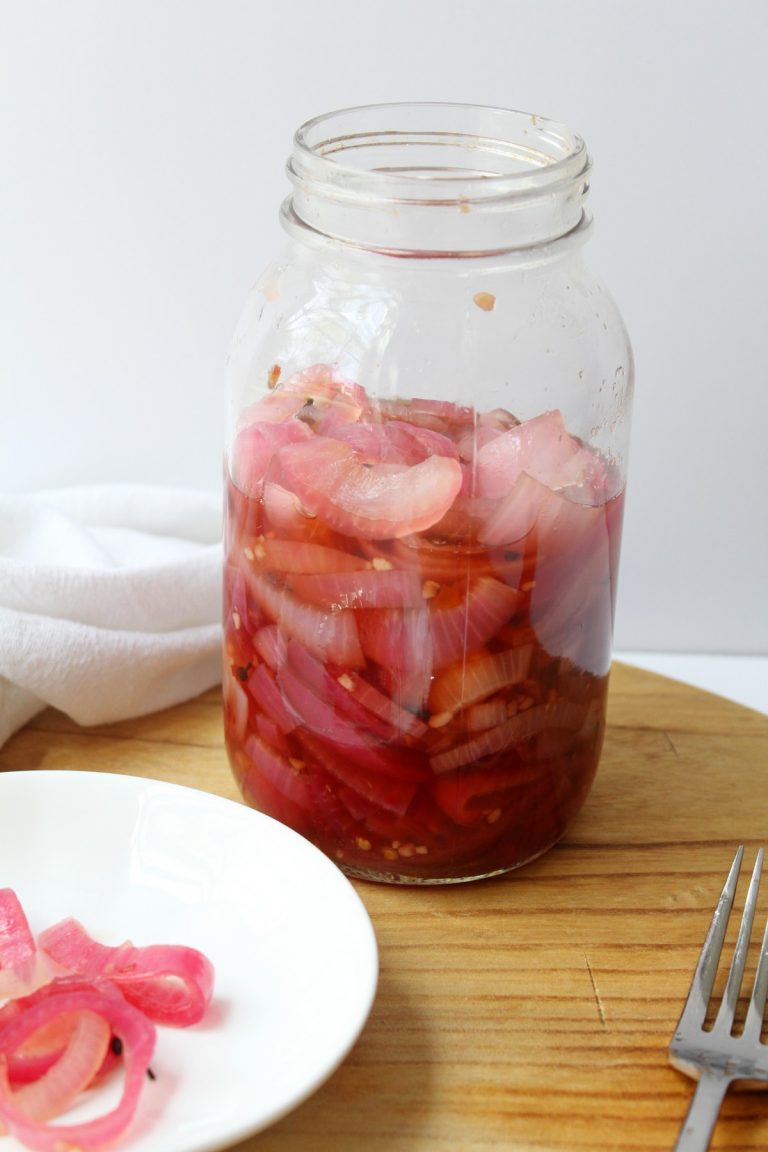
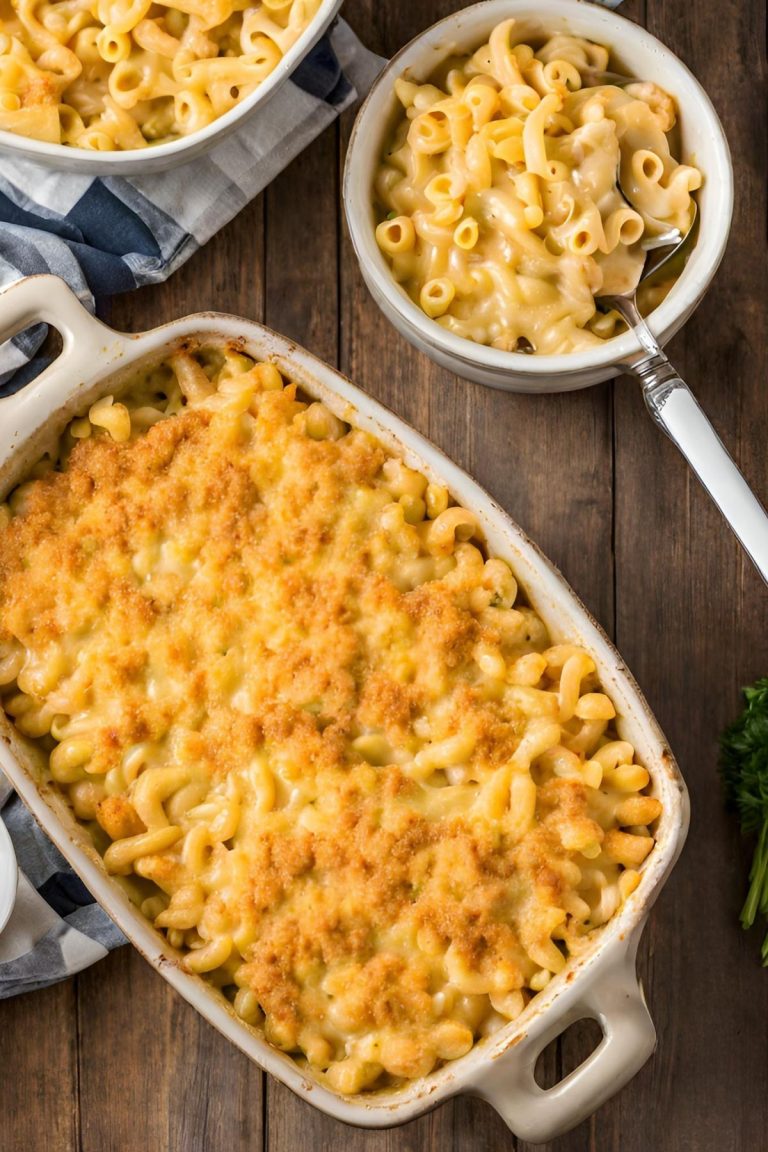
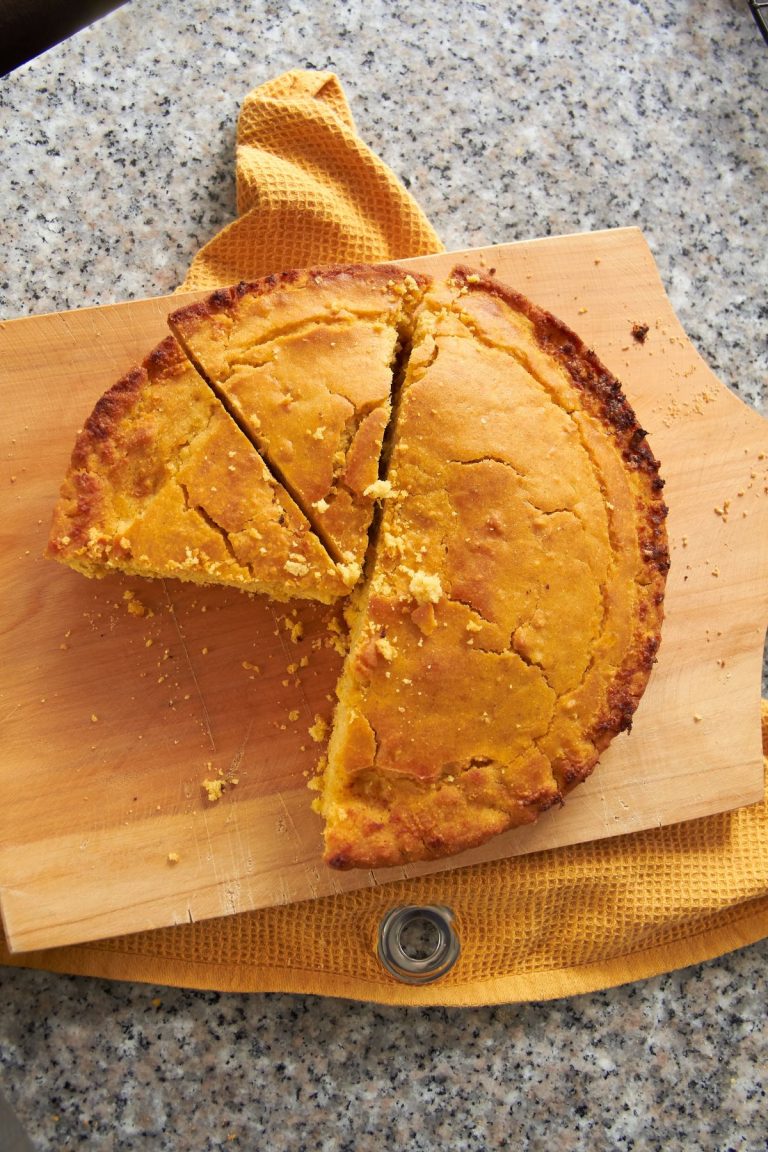
2 Comments